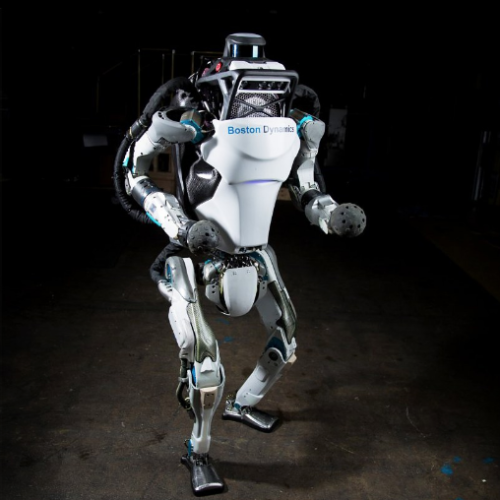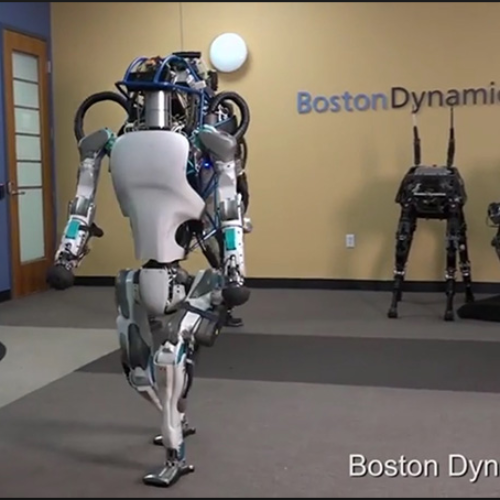Honda P2 and P3
The P-series is a chronological progression of prototype humanoid robots as developed by Honda. The research conducted allowed the eventual creation of ASIMO, about which we wrote some time ago.
In 1986, Honda commenced the humanoid robot research and development program. Keys to the development of the robot included “intelligence” and “mobility.” Honda began with the basic concept that the robot “should coexist and cooperate with human beings, by doing what a person cannot do and by cultivating a new dimension in mobility to ultimately benefit society.” This provided a guideline for developing a new type of robot that would be used in daily life, rather than a robot purpose-built for special operations.
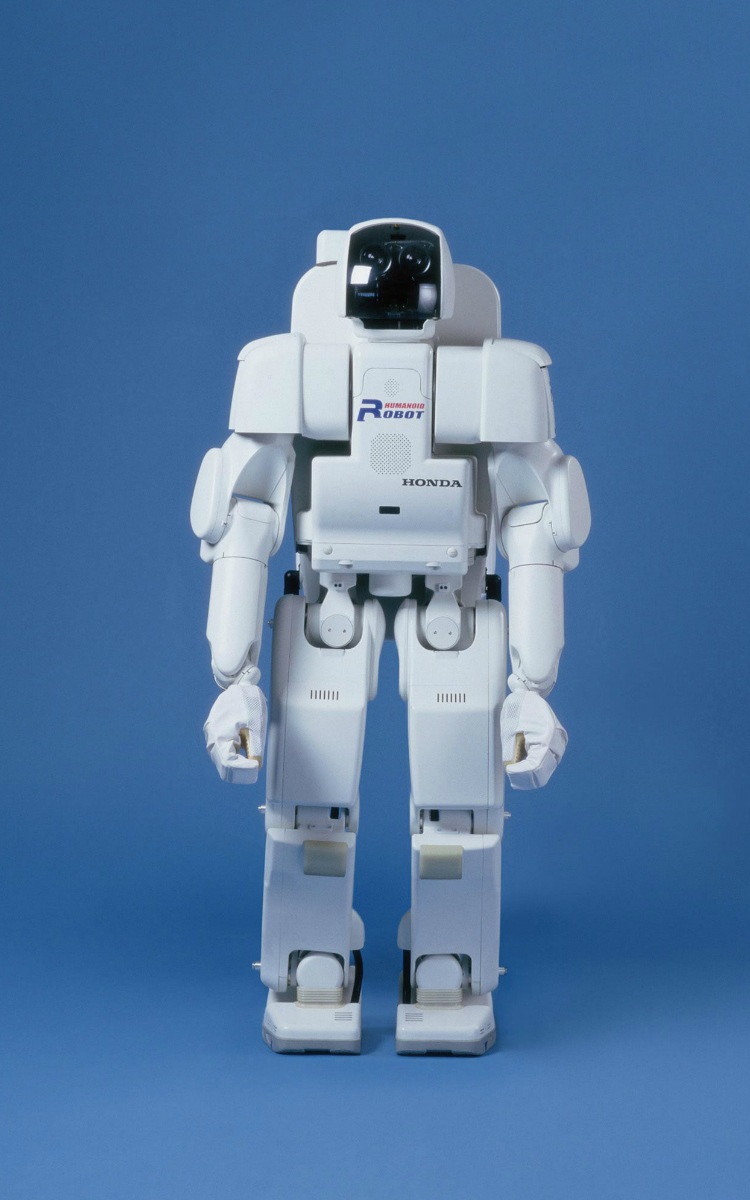
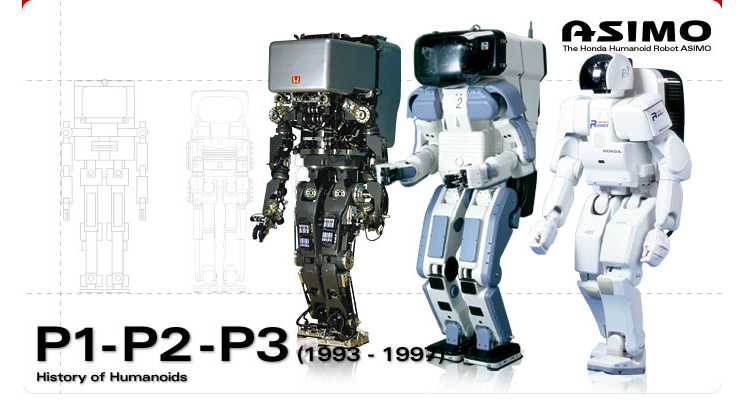
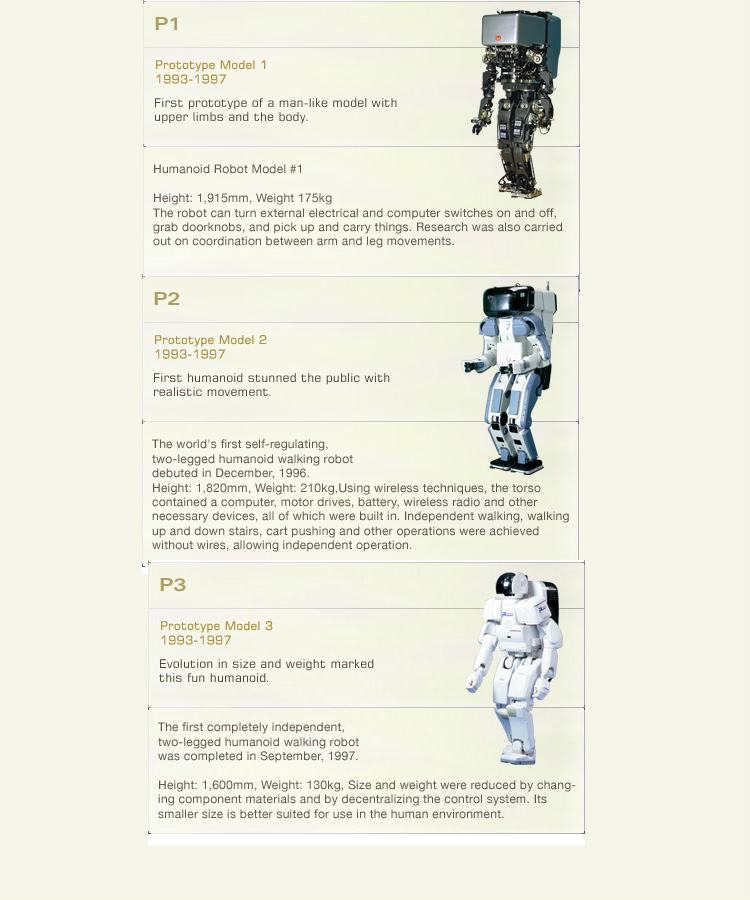
Development on the fourth prototype (P4) continued from 1997-1999, but was kept a secret until March 2010, when it appeared at the Motegi Twin Ring Exhibition Hall. It was the same height as the P3 at 160cm (5’3″) tall, but weighed significantly less at only 80kg (176 lbs). It also had 34 degrees of freedom (2 more per hand compared to the P3).Soon Honda would be ready to reveal a more fully optimized model that would abandon the prototype prefix.~
~Ola
You might also like
How Have Boston Dynamics Improved Atlas Even Further?
What Is Atlas? Atlas is Boston Dynamics most attention-drawing robot to have been produced. Out of their long line of extremely impressive expressive bots, Atlas is potentially the most interesting.
Atlas The Robot Is Becoming Even More Human
Atlas, developed by Boston Dynamics with funding from the United States Defense Advanced Research Project (DARPA), is a 1.8 meter (6 foot) humanoid. It is intended that Atlas will eventually
Robots disobedience already a fact
Can robots actively disobey humans? Researchers from Tufts University in Massachusetts are training robots to making a decisions and being able to disobey humans. It could mark the era of
